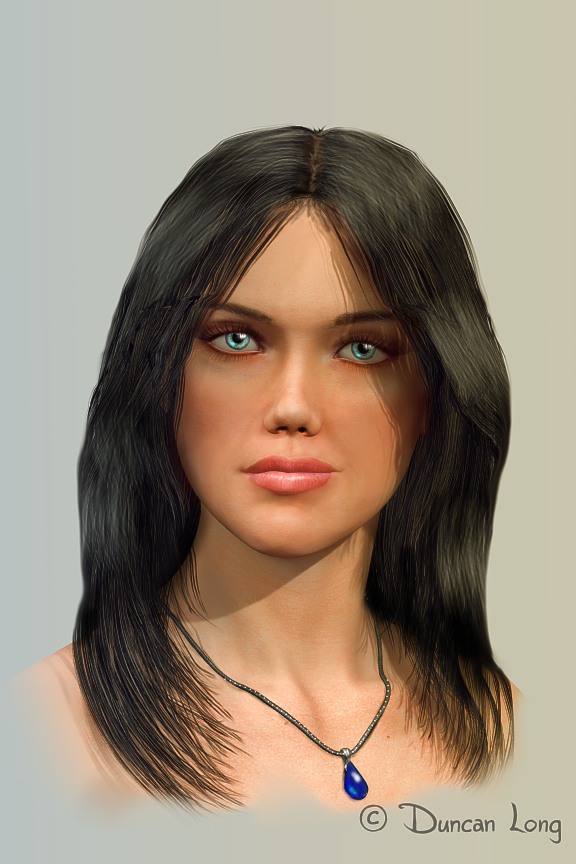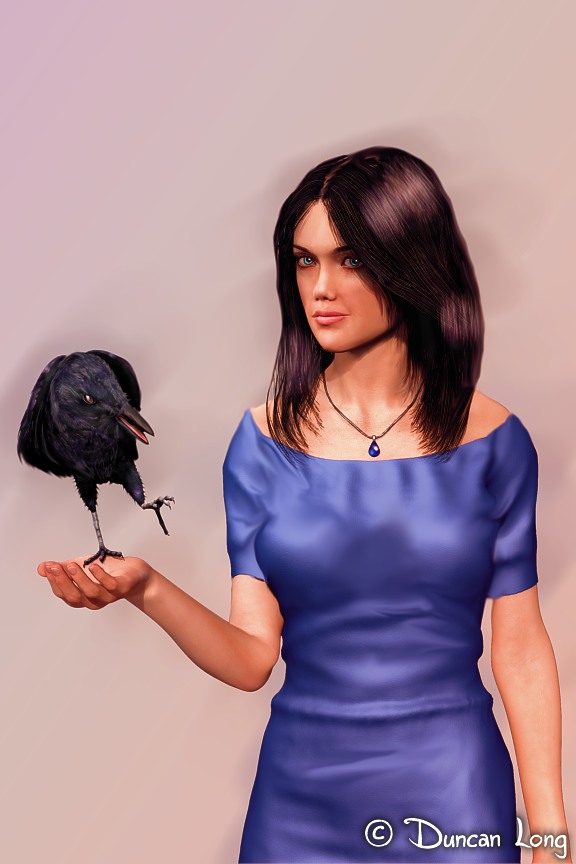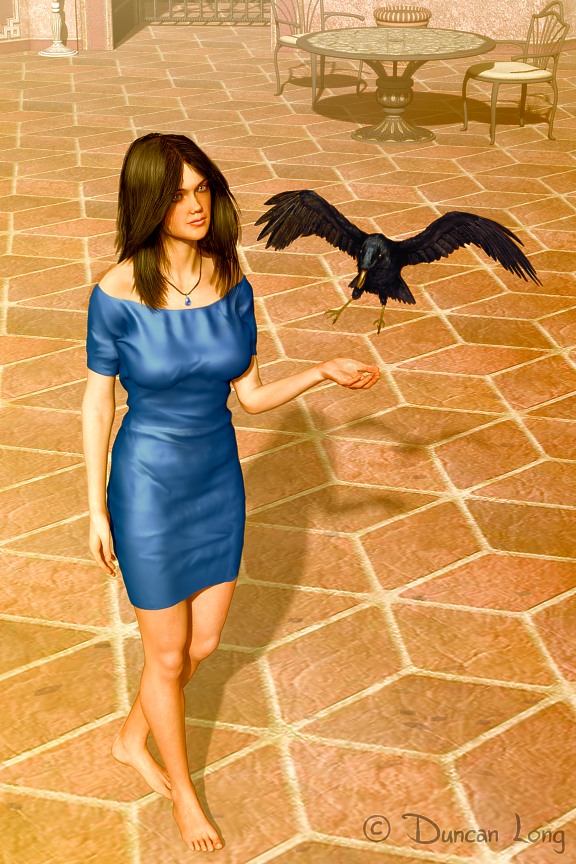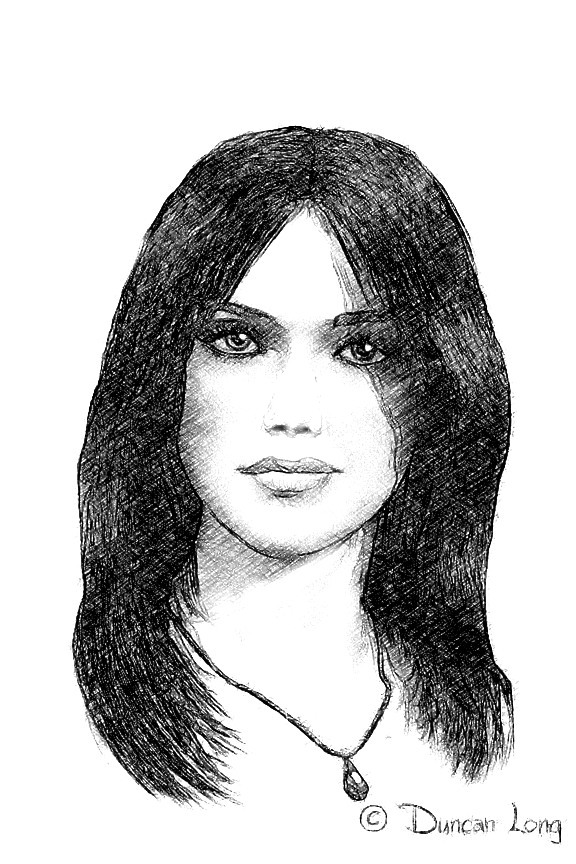Creating “Characters” for Book Cover Artwork
filed in Book Cover Illustrations and Artwork on Nov.11, 2015

Several years back, I decided to get serious about creating 3D models to serve as the starting point for my book cover paintings and illustrations. The big plus of a 3D model is that it can be rapidly posed to create a “reference photo” for painting the final book cover artwork. My adoption of 3D modeling was done partly out of self defense since I was increasingly encountering clients who wanted characters in paintings rotated slightly or reposed this way or that — something about impossible to do when the original is painted “flat” as a 2D picture. The request sounded simple enough to my clients; in reality it generally required locating a new reference photo or hiring a model to pose, either being a time-consuming and sometimes expensive process.
At the same time, 3D models had gone from looking like stiff manikins to devices that created very realistic human figures, right down to skin textures and lighting that permitted a lot of experimenting and modification. So the jump from human models to 3D realistic models wasn’t too hard to make. It did require a lot of investment in both time and money to learn how to get good results. But little by little I’ve been getting there.
That said, I’ve started creating my own stable of models to speed up the process of future cover work. Basically I hope to have a collection from which I can select the model that’s closet to what’s needed, pose it, and create a render that I can employ as the reference photo for painting the cover illustration — after my client has given the go ahead on the pose so there’s no further alterations needed.
Here are a couple more digital paintings I made using the same model (shown above) for the jumping off point — with the addition of a “Dancing Crow” (which is another of my 3D models):


Working digitally, I’ve also found that I can more rapidly create “pencil drawings” of characters. These are ideal as inner illustrations in books since they’re black and white so client’s don’t have to spend extra money for color pages on the inside of their books. Here’s one example of a “sketch” created using this same 3D model as a jumping off point:

Little by little, I’ve found a faster way to create more realistic, complex book cover illustrations for clients, thereby keeping reasonable prices while not stressing myself too much when a client needs a new pose for a character I’ve been working on.
======================
Duncan Long has created book and magazine illustrations for HarperCollins, Pocket Books, Muse Magazine, and many other presses and self-publishing authors. See more of his artwork at: Duncan Long’s Book Cover Portfolio.